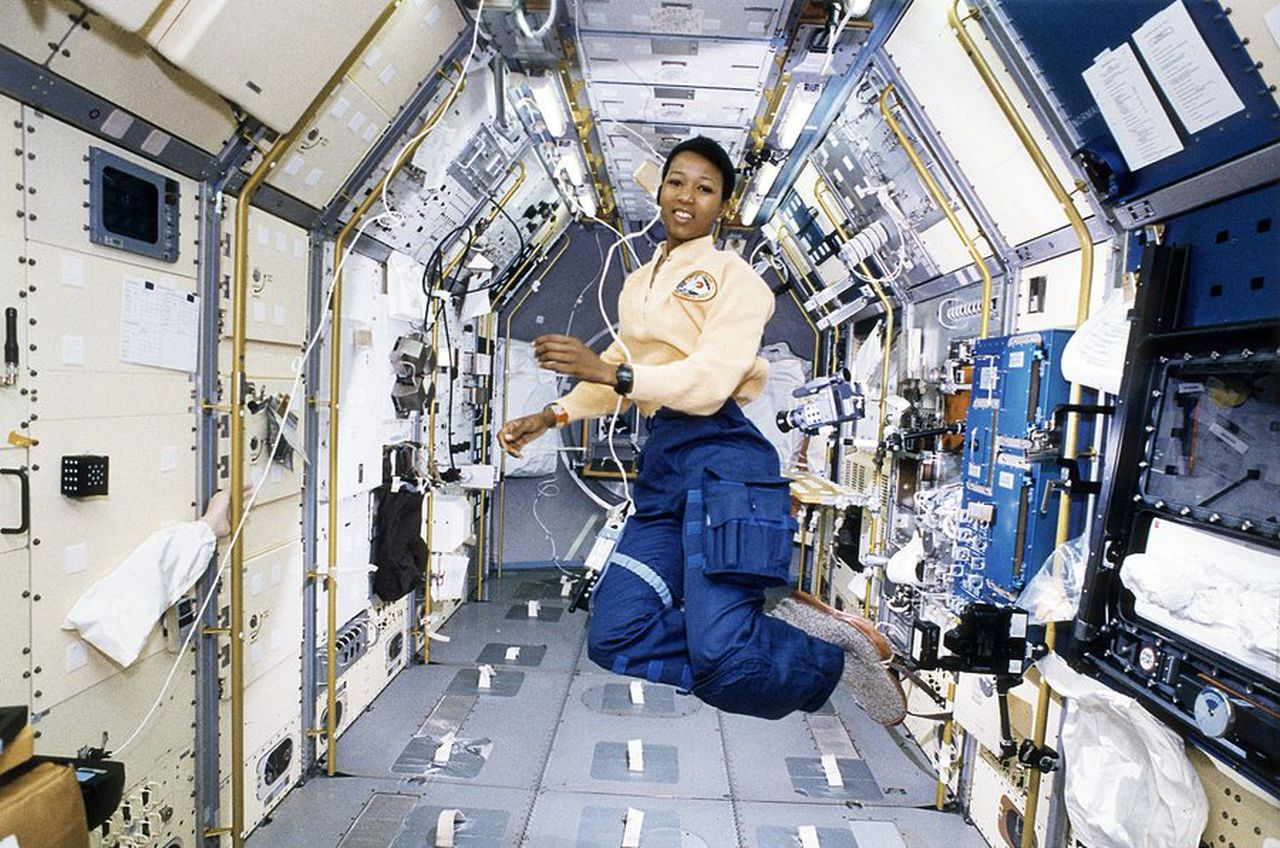Life in space
Posted by Olympiad Tester on

Diet and Eating:
-
Astronauts consume specially prepared space food, including items like shrimp cocktail and thermostabilized entrees.
-
The space station has a water recovery system that purifies urine into drinking water for astronauts.
Sleep:
-
Sleep in space can be challenging due to the absence of a natural day-night cycle.
-
Astronauts use sleeping bags and sleep in individual crew cabins.
Exercise:
-
Astronauts exercise for about two hours each day using specialized equipment to counteract muscle atrophy and bone density loss in microgravity.
Fluid Shift and Health:
-
Astronauts experience "fluid shift" in microgravity, causing congestion and a feeling of a head cold as fluids move towards the upper body.
-
Microgravity affects the cardiovascular system, and astronauts perform regular cardiovascular exams to monitor their heart health in space.
Spacewalks and Movement:
-
The lack of atmospheric pressure in space requires astronauts to wear spacesuits for spacewalks, providing life support and protection from the vacuum of space.
-
Spacewalking astronauts experience a stunning view of the Earth below, surrounded by the vastness of space.
Passing Time and Recreation:
-
Astronauts conduct scientific experiments in various fields, contributing to our understanding of life sciences, physics, and materials in space.
Astronauts engage in educational outreach, inspiring students worldwide by conducting experiments and lessons that are broadcast from space.
Personal hygiene in space involves using no-rinse shampoo, rinseless wipes, and a vacuum toilet system to manage daily activities.
Communication and Connection:
Astronauts communicate with their families through email and video conferences, maintaining a crucial connection with Earth.
The lack of gravity in space causes fluids to shift towards an astronaut's upper body, leading to the "moon face" appearance.
The view from space is awe-inspiring, and astronauts often share their experiences through social media, providing breathtaking images of Earth.
Astronauts experience a sense of camaraderie and often share meals, celebrations, and downtime, creating a unique community in the confined space station environment.
